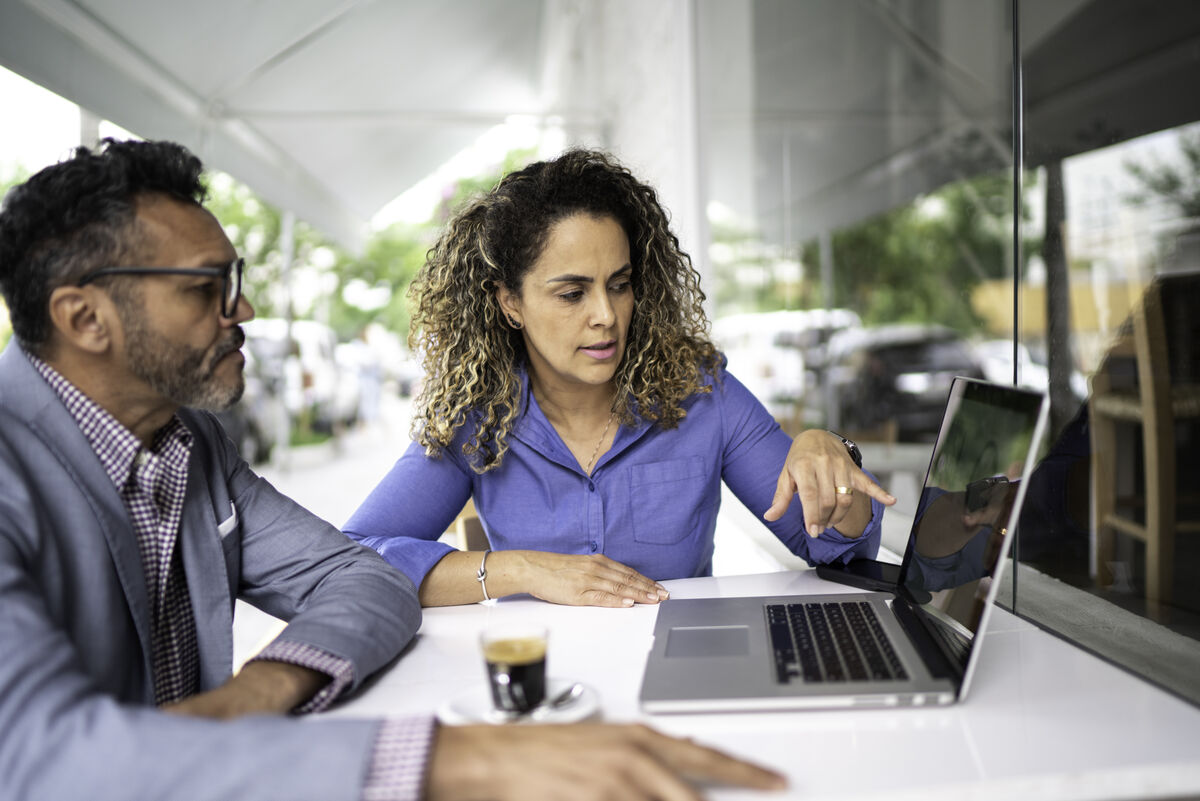
Watch Your Step! Avoid the Most Common Workplace Slips, Trips, and Falls With Training
In honor of National Safety Month’s Week Two, read five ways to help your team avoid accidents at work.
We’ve arrived at the second week of National Safety Month, and it’s time to discuss those seemingly insignificant workplace accidents that can become serious, long-term health or liability issues for both employee and employer.
Slips, trips, and falls can harm anyone in the workplace, regardless of job title, responsibilities, or routine assigned tasks. Common situations like warehouse clutter, protruding objects in an office walkway, or wet, slick conditions set the stage for an accident or injury. According to the Bureau of Labor Statistics, over 1,000 workers die each year as a result of a slip, trip or fall and countless other mild or serious injuries result in days away from work.
When it comes to injuries at work—in the words of pop singer Ellie Goulding - “Anything can happen.”
The good news? Accidents can be prevented. It’s a matter of training, knowledge, and follow-through, both for employees and employers. From Common Trip Hazards to Preventing Injuries on Ladders, this blog post will discuss ways to avoid the most common workplace accidents.
How to Avoid Workplace Accidents
Preventing slips, trips, and falls is a process that relies heavily on each and every worker. Employees need to be alert, diligent, and able to recognize the hazards.”
In other words, the best way to handle slips, trips, and falls, is to stop them before they happen. Here are five effective starting points.
- CLEAR THE CLUTTER
A clutter-free workspace is not just about aesthetics. It’s about safety. While it seems obvious to keep walkways free of loose cords, cables, boxes, and personal items, tripping on clutter is one of the most common causes of slips, trips, and falls at work. So how do you avoid it? Design and implement a regular cleaning schedule, and educate employees on both awareness and the practice of keeping aisles clear and workspaces organized. - OUTFIT WITH PROPER SHOES
Backless slides or flip-flops may be the best choice for the weekend, but they—along with heels, sandals, and platform shoes—pose a safety hazard in many workplaces. Employee handbooks should outline (and in some cases require) employees to wear shoes with non-slip soles for better traction on slippery or wet surfaces. In addition, closed-toe shoes protect feet from falling objects. Slip-resistant shoes have rubber soles and tread patterns that improve grip on wet or greasy floors, but not all slip-resistant shoes provide the same level of grip. Highly rated (5 star) slip-resistant shoes are designed to offer better grip and additional features to help make sure a worker doesn’t slip or fall. - LIGHT IT RIGHT
While it’s never fun to work in super-bright fluorescent lighting, poor lighting can make steps and obstacles difficult to see, increasing the risk of accidents. OSHA takes adequate and appropriate lighting seriously. The agency uses foot-candles to measure light and has defined minimum foot-candle designations for different types of spaces. For example, indoor hallways and exit ways require a minimum of five foot-candles, general shops and equipment rooms a minimum of 10 foot-candles, and office areas a minimum of 30 foot-candles of illumination. Any defective lights or used light bulbs need to be repaired or replaced immediately to ensure the safety of employees. - LEND A HAND- OR GUARDRAIL
When it comes to stairs, ramps, or inclines, handrails and guardrails are a worthy investment and can provide extra support and protection for all building inhabitants. Work with a professional company to ensure rails are securely fastened and meet the necessary safety standards, including height, diameter, and hand clearance. - CHECK, CHECK, AND RECHECK
Regular safety inspections should be part of every workplace code. This can include everything from fixing loose handrails to installing non-slip mats in spill-prone areas. But it’s also about educating employees on the importance of cleaning up spills immediately and posting signs identifying danger in any potentially hazardous areas. When it comes to signage, wording and design should be clear. Workers should be diligent and follow the classic message: Caution, watch your step.
Create a Culture of Safety Awareness
Implementing a culture of workplace safety can go a long way in preventing on-the-clock injuries. Train employees on safety protocols and encourage them to report any areas that miss the mark. Communicate clearly with teams, and conduct regular safety audits to identify and mitigate risk.
Skillsoft’s Compliance solution offers an extensive list of courses specifically covering trips, slips, and falls. A few relevant topics include:
- Global Safety Short: Slips, Trips, and Falls
- Global Safety Short: Ladder Safety
- Global Safety Short: Fall Protection
- Slips, Trips, and Falls Impact: Fall Prevention Techniques and Methods
- Slips, Trips, and Falls Impact: Identifying Fall Hazards
- Slips, Trips, and Falls Impact: Minimizing Walking and Working Surface Hazards
- Slips, Trips, and Falls Impact: Stairs
- Slips, Trips, and Falls Impact: Specific Applications
- Fall Protection Impact: Common Trip Hazards
- Fall Protection Impact: Equipment Guidelines
- Fall Protection Impact: Techniques and Methods
Overall, slips, trips, and falls do happen, but can easily be prevented with a few simple steps. Lower the risk of injury and raise the safety profile of your company.


